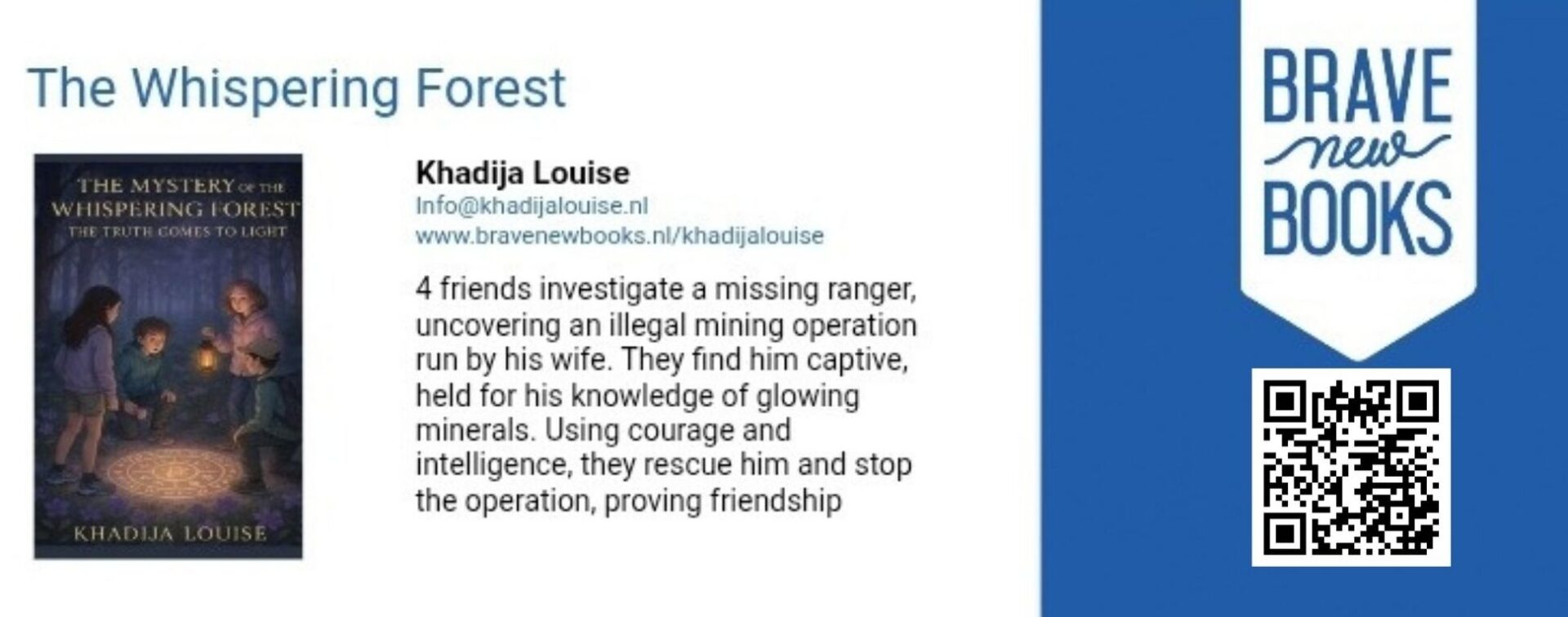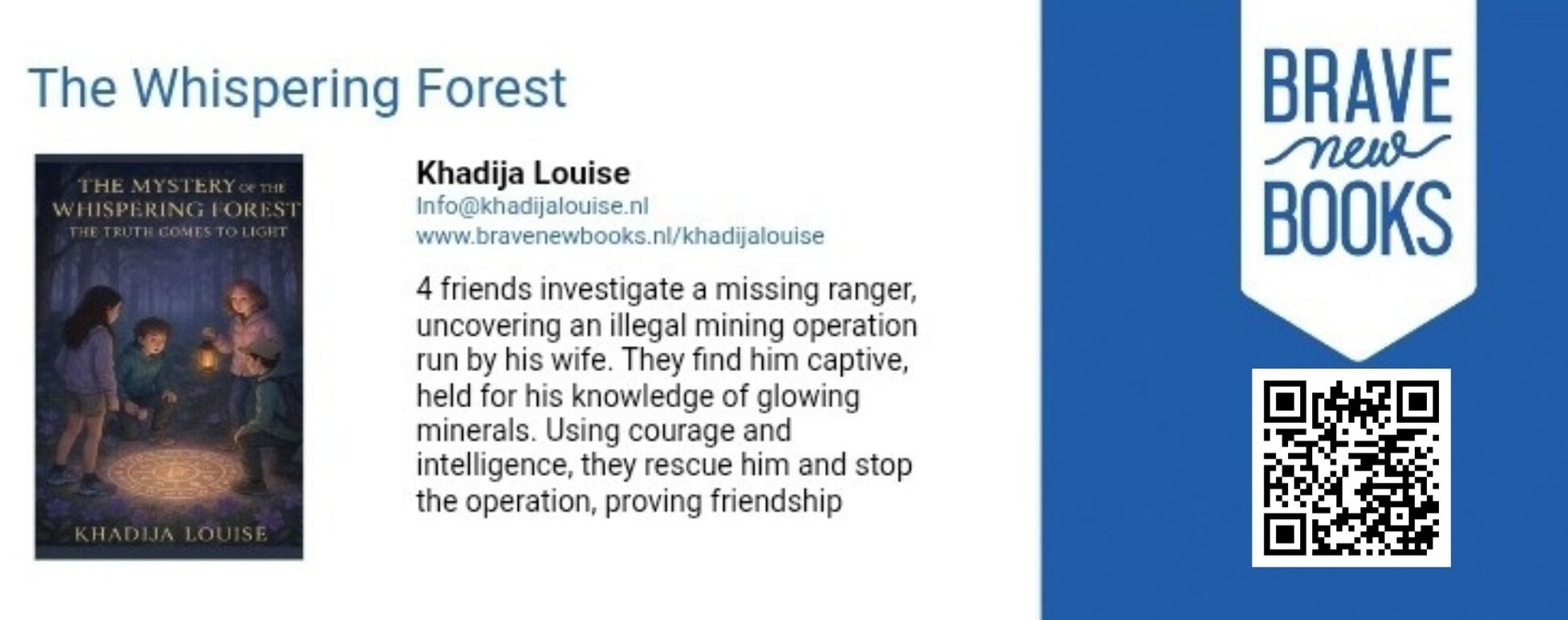Geen producten in de winkelwagen.
A 10-Step Example of Daily Operations for a Social Media DAO
A Decentralized Autonomous Organization (DAO) operating in the social media space would require a robust set of daily operations to ensure its smooth functioning and achieve its goals. Here’s a 10-step example:
1. Community Engagement Monitoring
* Tools: Social media monitoring tools, sentiment analysis software
* Tasks:
* Track mentions, comments, and direct messages across all social media platforms.
* Analyze sentiment to gauge community satisfaction and identify potential issues.
* Respond promptly to queries, comments, and concerns.
2. Content Creation and Curation
* Tools: Content calendar, graphic design software, video editing tools
* Tasks:
* Create original content aligned with the DAO’s mission and values.
* Curate relevant content from other sources.
* Ensure consistency in branding and messaging across all platforms.
3. Content Scheduling and Publishing
* Tools: Social media scheduling tools
* Tasks:
* Schedule content in advance to maintain a consistent posting frequency.
* Ensure content is published at optimal times based on audience engagement patterns.
* Monitor and adjust scheduling as needed.
4. Community Governance
* Tools: DAO governance platforms, voting tools
* Tasks:
* Facilitate community discussions and decision-making processes.
* Ensure compliance with DAO rules and regulations.
* Address governance-related issues and proposals.
5. Token Distribution and Management
* Tools: Cryptocurrency wallets, smart contracts
* Tasks:
* Distribute tokens to community members based on established rules.
* Manage tokenomics, including token supply, distribution, and incentives.
* Ensure transparency and accountability in token management.
6. Financial Management
* Tools: Accounting software, cryptocurrency wallets
* Tasks:
* Track and manage the DAO’s finances, including revenue, expenses, and reserves.
* Ensure compliance with financial regulations and reporting requirements.
* Make informed decisions regarding resource allocation and investments.
7. Risk Management
* Tools: Risk assessment tools, security protocols
* Tasks:
* Identify and assess potential risks, such as security breaches, legal issues, or market fluctuations.
* Implement measures to mitigate risks and protect the DAO’s assets.
* Continuously monitor and evaluate risk management strategies.
8. Partnerships and Collaborations
* Tools: Networking platforms, communication tools
* Tasks:
* Identify potential partners and collaborators aligned with the DAO’s goals.
* Initiate and maintain relationships with partners.
* Explore opportunities for joint ventures and collaborations.
9. Analytics and Reporting
* Tools: Social media analytics tools, data visualization software
* Tasks:
* Track key performance indicators (KPIs) to measure the DAO’s success.
* Analyze data to identify trends, opportunities, and areas for improvement.
* Generate regular reports for the community and stakeholders.
10. Continuous Improvement
* Tools: Feedback mechanisms, learning platforms
* Tasks:
* Gather feedback from community members and stakeholders.
* Identify areas for improvement and implement necessary changes.
* Stay updated on industry trends and best practices.
By following these steps and leveraging the power of technology, a social media DAO can effectively manage its operations, engage with its community, and achieve its goals.


